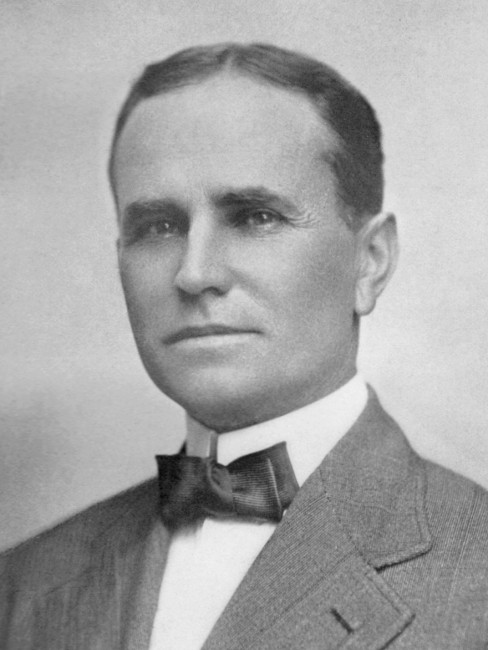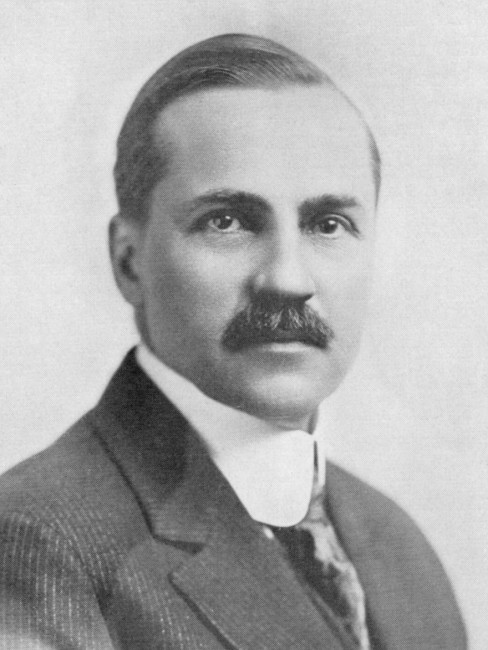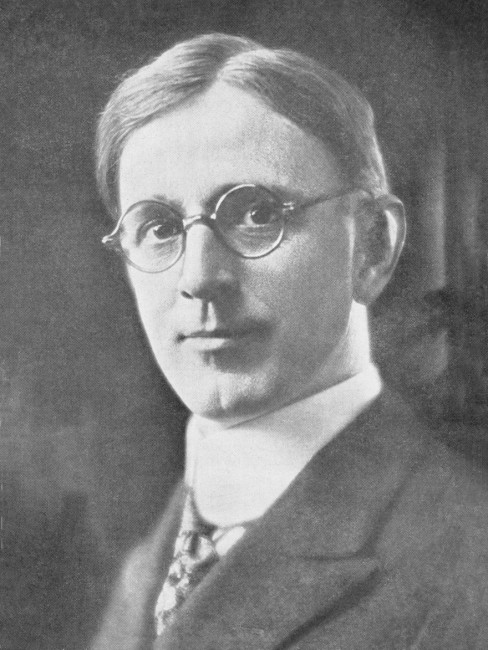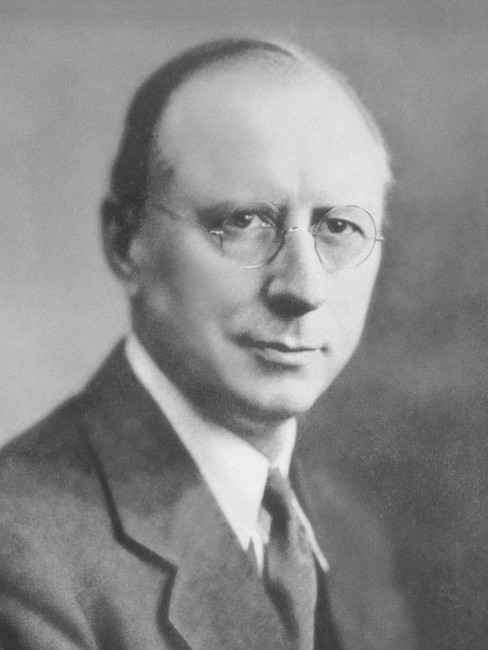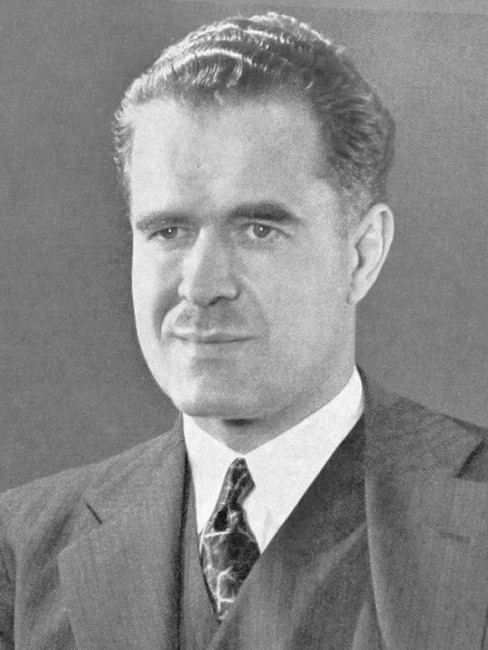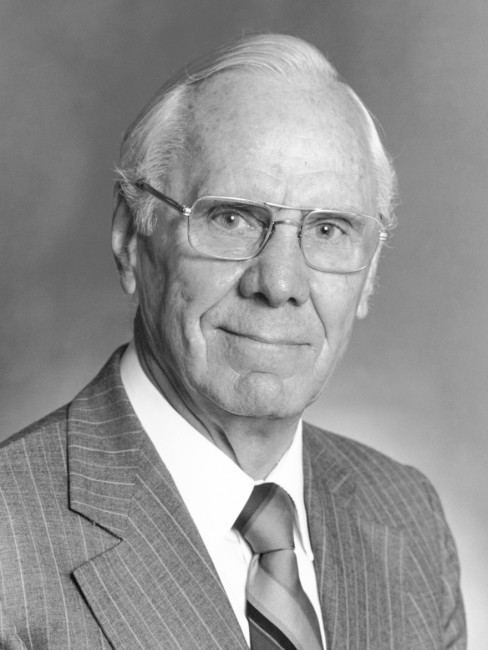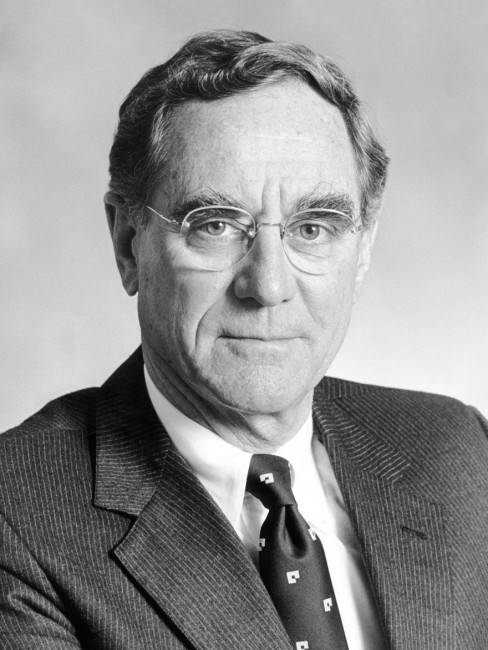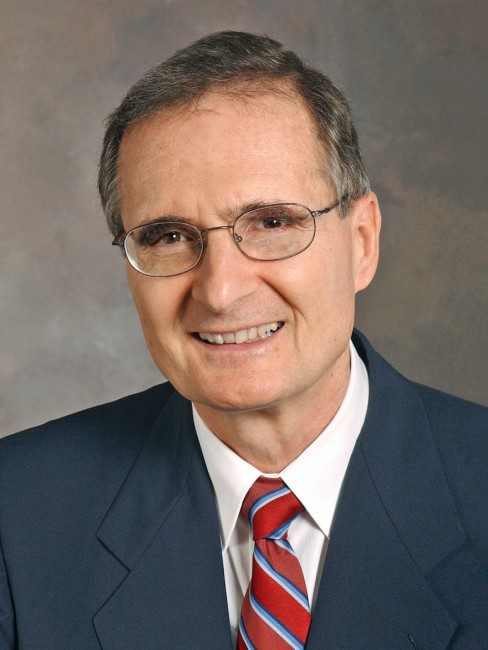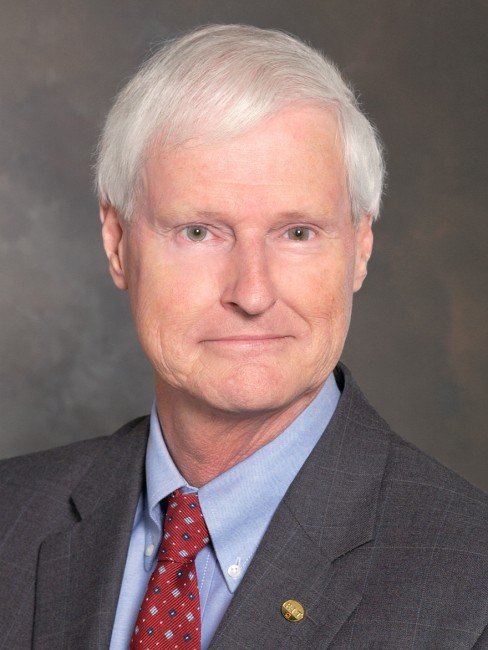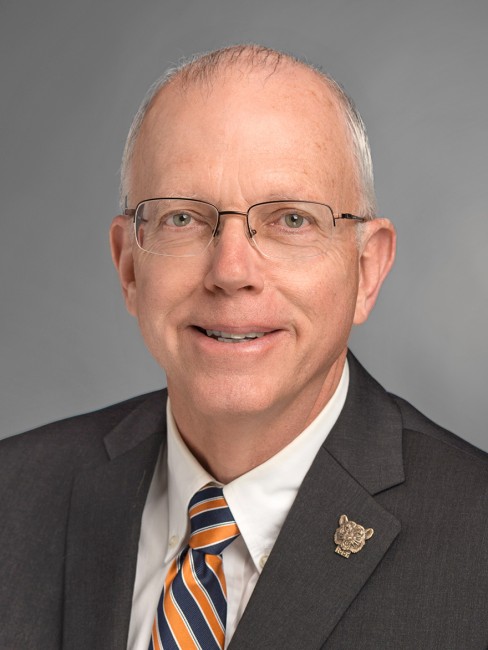History of RIT
RIT’s history is captivating and eclectic. The university started with a progressive vision and uncommon ambition.
RIT was born of an unlikely institutional marriage of an influential cultural association, the Rochester Athenaeum, founded in 1829, and a technical training school, the Mechanics Institute, founded in 1885. The institute adopted the name Rochester Institute of Technology in 1944 and awarded its first bachelor of science degree in 1955. A 1961 decision to leave downtown Rochester for farmland in the suburban town of Henrietta put RIT on its path to pre-eminence as a global university. Today, the university’s reputation and reach go well beyond Rochester. We have partnerships on nearly every continent and overseas campuses located in Croatia, Dubai, and Kosovo.
Early History
1829
Colonel Nathaniel Rochester and other community leaders establish the Rochester Athenaeum, an association “for the purpose of cultivating and promoting literature, science, and the arts.” The Athenaeum offers public lectures and debates, and begins establishing a substantial library. It grows into a popular cultural center.
1847
The Athenaeum merges with the Mechanics Literary Association, founded in 1836 by William A. Reynolds, to form the Rochester Athenaeum and Mechanics Association. It continues the tradition of public lectures, book reviews, and debates. The two groups merge their literary collections to create a singular library of more than 8,000 volumes. Lectures include distinguished speakers such as Charles Dickens, Ralph Waldo Emerson, Oliver Wendell Holmes, and Frederick Douglass.
1885
Mechanics Institute is established by Captain Henry Lomb, Max Lowenthal, Ezra Andrews, Frank Ritter, William Peck, and other Rochester businessmen and influential citizens. The school provides needed technical training for skilled workers in industry. All funds for running the school are donated by the citizens of Rochester and instruction is free for the first year. The first class offered at the newly formed Mechanics Institute is mechanical drawing.
1891
The Rochester Athenaeum and Mechanics Association merges with Mechanics Institute, bringing under one roof cultural education and practical technical training. Enrollment reaches 1,000 students. The new title is simply “The Rochester Athenaeum and Mechanics Institute.”
1901
The Eastman Building opens on Plymouth Avenue and the Erie Canal Aqueduct. George Eastman, founder of Eastman Kodak Co., donates the funds for this building and is an active benefactor of the institute until his death in 1932.
1910
Our first president, Carleton B. Gibson, is appointed. He serves until 1916.
1912
The cooperative education program is started by President Gibson. Students find positions in industry and gain valuable, practical work experience before they graduate. At the time students worked in stores, factories, restaurants, and hospital kitchens.
1923
Four-year cooperative retail distribution program started.
1926
A course in industrial chemistry started.
1937
Empire State School of Printing (now the School of Media Sciences) is acquired through the efforts of Frank Gannett.
1940
Classes are offered all day and all night to train thousands for jobs in the defense industry.
1942
The institute’s Evening School opens to women to assist in the war effort.
1944
The institute adopts the name Rochester Institute of Technology.
1950
The Graphic Arts Research Center is established to “apply scientific and engineering principles to the printing and publishing industry.” RIT is a center of research on all aspects of the graphic arts.
The School for American Craftsmen (now the School for American Crafts) moves to RIT from Alfred University. It was founded by Aileen Osborn Webb and associated with Dartmouth College briefly before moving for three years to Alfred.
1955
The first bachelor of science degrees awarded.
1960
The first master’s degrees are awarded (all master of fine arts degrees).
Edwina Hogadone is appointed the first dean of the College of Business. Starting at RIT as a teacher of salesmanship, personnel, and merchandising in 1931, she is the first female dean at RIT and first woman in the nation named to head a college of business.
1961
The institute makes the decision to move from downtown Rochester to a new location. Land in Henrietta, N.Y., is purchased and construction on a new campus begins in 1964.
1963
The College of Science is established.
1966
RIT is chosen as the home campus for the federally sponsored National Technical Institute for the Deaf, which had been established in 1963 by Public Law 89-36 and signed by President Lyndon B. Johnson.
The Move to Henrietta
1968
RIT moves to its new campus in Henrietta. The Dedication Ceremony takes place during Homecoming Weekend in October 1968.
1971
RIT offers graduate engineering course work via closed-circuit TV at local factories.
The College of Engineering is established.
1972
The School of Computer Science and Technology is established.
1979
The RIT Distance Learning program is created.
The Eisenhower College is acquired by RIT.
1980
The RIT Research Corporation is formed to provide opportunities for collaborative projects with industry and government in imaging and information processing.
1982
The microelectronic engineering program is established. The program is the first undergraduate program in the field in the U.S.
1983
A program in biotechnology begins.
1986
The Center for Microelectronic and Computer Engineering is dedicated. The facility serves as a center for undergraduate education and research in the design and fabrication of integrated circuits.
1989
The Chester F. Carlson Center for Imaging Science is dedicated. The building houses the new program in imaging science.
1990
RIT’s first Ph.D. program is established. The program, in Imaging Science, is the first Ph.D. program of its kind in the U.S.
1991
RIT offers full degree programs online.
1996
An undergraduate program in software engineering, the first of its kind in the U.S., is established.
1997
The Center for Integrated Manufacturing Studies, created with $20.75 million in federal and state funding, opens with a mission to increase the competitiveness of manufacturers through technology solutions and training.
The American College of Management and Technology opens in Dubrovnik, Republic of Croatia. ACMT is a collaborative effort between RIT’s College of Applied Science and Technology and Velecillste Dubovnikú, the Polytechnic of Dubrovnik.
A New Millennium
2001
The Golisano College of Computing and Information Sciences is formed. The new college includes programs in computer science, information technology, and software engineering.
2002
New bachelor of science and master of science programs in bioinformatics are created. The new programs merge biotechnology and information technology.
A Ph.D. program in microsystems engineering, the first in the country, is established. The program is part of the Kate Gleason College of Engineering.
2003
The College of Applied Science and Technology (now the College of Engineering Technology) establishes a new program in collaboration with the American University Foundation in Kosovo. Students pursue course work in various subjects, including service management, business development, economics, and marketing.
2004
The Gordon Field House and Activities Center opens. The 160,000-square-foot facility includes an aquatics center, a two-story fitness center, and a 60,000-square-foot multi-use arena and indoor athletic field.
RIT announces that the men’s hockey program will join the Division I Atlantic Hockey Association. The move to Atlantic Hockey will be phased in over three years, with Division I games starting in 2005.
2006
A Ph.D. program in computing and information sciences is launched by the Golisano College of Computing and Information Sciences. This marks RIT’s third Ph.D. program.
2007
RIT launches a Ph.D. degree program in color science, the first in the world.
The Golisano Institute for Sustainability is established at RIT with a founding commitment of $10 million from RIT Trustee B. Thomas Golisano, founder and chairman of Paychex Inc.
2008
RIT opens a campus in Dubai, United Arab Emirates. Funded by the Dubai government, RIT Dubai is part of Dubai Silicon Oasis. RIT provides academic content, leadership and management of the university.
The first Imagine RIT: Creativity and Innovation Festival draws more than 15,000 visitors to campus to see more than 400 interactive exhibits and displays, including new ideas for products and services, creative arts and crafts, and faculty and student research.
The College of Science launches a doctoral degree program in astrophysical sciences and technology.
The Golisano Institute for Sustainability creates the world’s first Ph.D. program focused on sustainable production.
RIT and Rochester Regional Health begin a strategic alliance.
2010
The RIT men’s hockey team catapults into the national spotlight by earning a trip to the NCAA’s prestigious Frozen Four. The team’s surprising success (a program with no athletic scholarships and only Division I for five years) brings new pride to Tiger fans across the globe.
The iconic work of international designers Massimo and Lella Vignelli is permanently archived at a new design center, the Vignelli Center for Design Studies. The Vignellis created the New York City subway signage, the Handkerchief Chair, the Paper Clip Table, the Stendig calendar, the interior of St. Peter’s Lutheran Church in New York City, the corporate identity programs for Xerox, American Airlines, and packaging programs for Bloomingdales and Saks Fifth Avenue.
2011
The university breaks ground on a state-of-the-art “green” facility for its Golisano Institute for Sustainability. The building will serve as a center for sustainability research, technology transfer, education and outreach and will provide a showcase for green construction and design.
2012
The women's hockey team wins the Division III NCAA national championship and also announces it will move up to the Division I level.
2013
The Golisano Institute for Sustainability, which houses one of the world’s first Ph.D. programs in sustainability, opens its doors to its new building. The institute conducts cutting-edge research in nanotechnology, alternative energy development and sustainable design. It is one of the greenest buildings in the world, powered by the sun, wind and fuel cell technology.
Sebastian and Lenore Rosica Hall opens at NTID. This space will serve as an innovation and research hub for NTID.
2014
The Gene Polisseni Center, home to men’s and women’s hockey, opens with a roar. The $38 million ice arena has capacity for 4,300 Tiger fans.
RIT launches its seventh doctoral program, a Ph.D. in engineering.
2016
RIT is officially considered a “doctoral university” by the leading national classification of U.S. colleges and universities. The Carnegie Classification of Institutions of Higher Education elevates RIT from “Master’s—Comprehensive” to “Doctoral University.”
The university receives approval for its eighth doctoral program, a Ph.D. in mathematical modeling.
2017
Dr. David C. Munson Jr. is named RIT’s 10th president, succeeding Bill Destler, who retired after 10 years of service. Dr. Munson is the former dean of the University of Michigan’s College of Engineering.
2018
MAGIC Spell Studios—a hub for digital media, game development, film and animation, sound engineering—opens its 52,000-square-foot facility. The studio—the only one of its kind in the Northeast—boasts the latest in technology and design, rivaling media production studios in New York City and Hollywood.
2019
RIT is gifted a 177-acre estate to expand research and educational offerings. The property in the town of Penfield is home to the Tait Preserve and Leenhouts Lodge. The property includes a 60-acre lake.
In an effort to help RIT develop the leading performing arts program in the nation for non-majors, the university creates a performing arts scholarship. To date, nearly 1,400 students involved in dance, musical theater, voice, instrumental music, acting, and technical production have earned a scholarship.
2020
The Global Cybersecurity Institute opens its doors. The 52,000-square-foot, state-of-the-art center aims to meet the demand for computing security professionals, while developing future technologies to address the global cybersecurity crisis.
2021
RIT Dubai opens a new campus in the Dubai Silicon Oasis. It spans 129,000 square meters with collaborative teaching and research spaces. The United Arab Emirates government funded the approximately $136 million project.
Construction begins on The SHED (The Student Hall for Exploration and Development).
2023
Transforming RIT: The Campaign for Greatness reaches more than $1 billion, the largest-ever fundraising effort in university history.
The SHED (Student Hall for Exploration and Development), a hub for technology, the performing arts, and makerspace opens. It is the largest construction project in the university’s history since the campus moved from downtown Rochester to suburban Henrietta in 1968.
2025
William H. Sanders is named RIT’s 11th president. Sanders arrives to RIT from serving as the dean of Carnegie Mellon University’s College of Engineering. Sanders succeeds David Munson, who retires July 1 after serving eight years at the helm.











